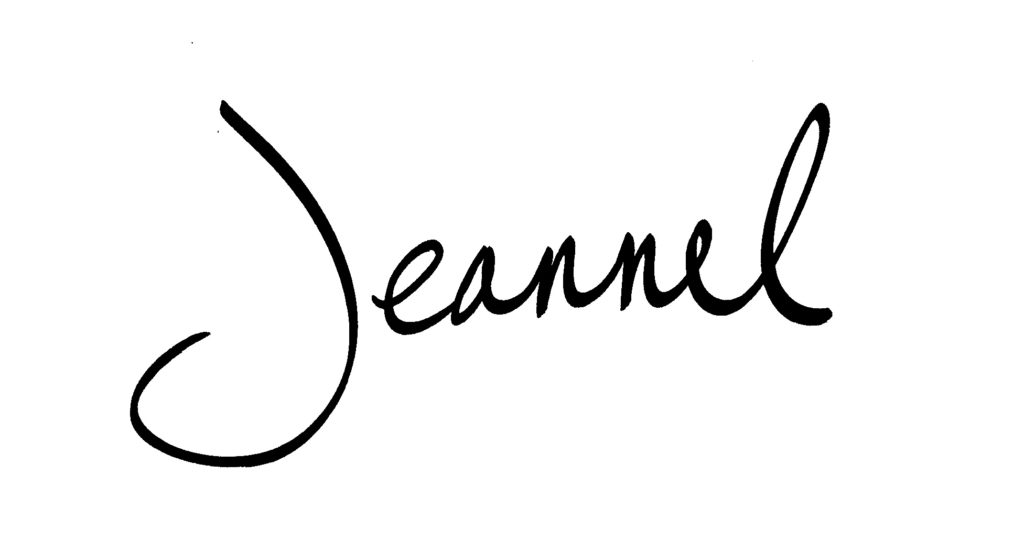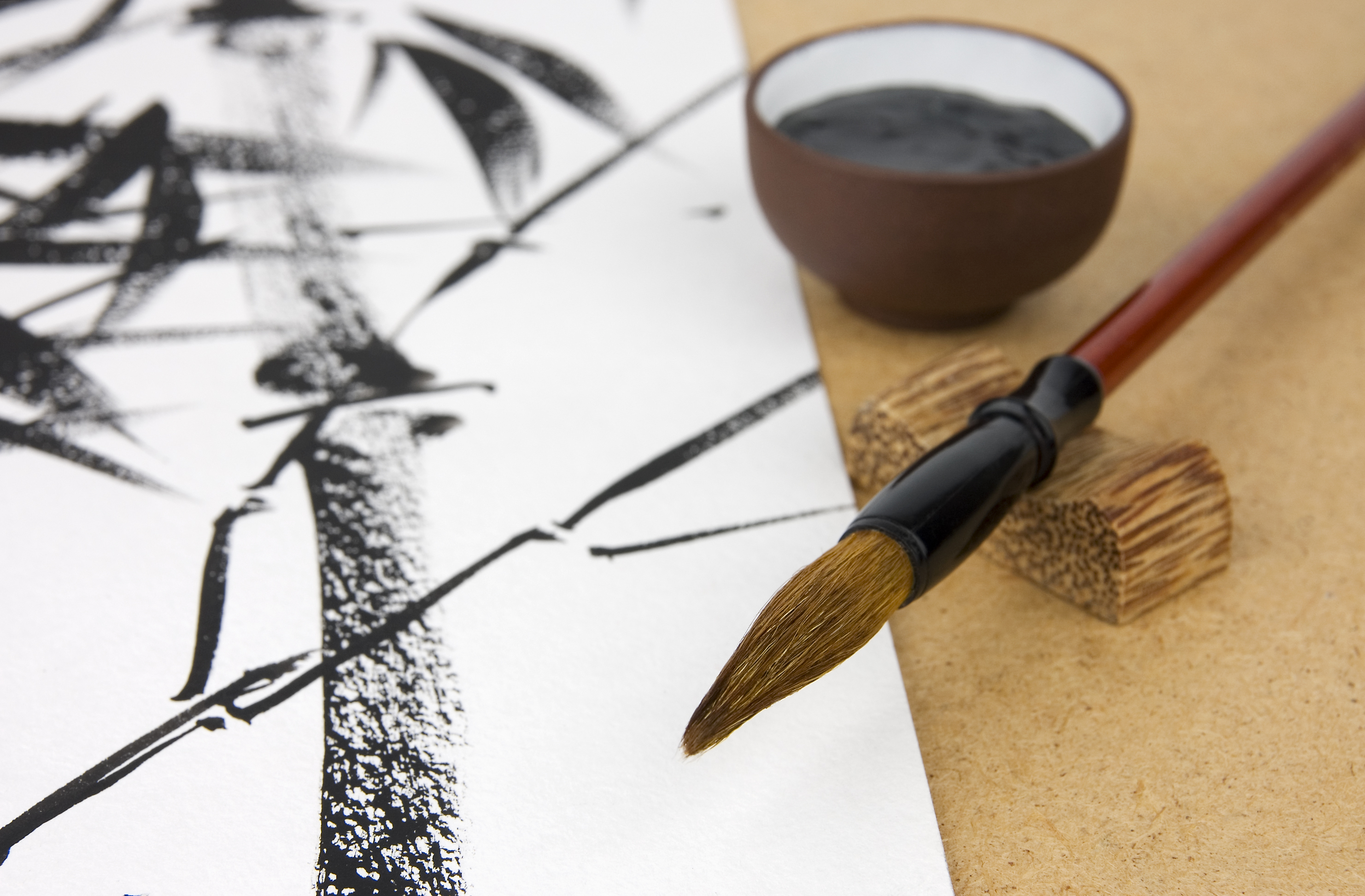I’m a huge fan of Chinese Brush Painting… and recently I thought I’d explore how to do my own paintings. I found a great article on WikiHow.com on how to start Chinese Brush Painting… and yet as I read through the post, all I could think about was how similar the process was to Strategic Planning! (From a visual perspective, of course!)
Check it out and see what you think:
How to Start (Visual) Strategic Planning
1. Choose a style.
On the one hand, the strategic planning style is for the process itself: are you creating a central control system? A framework for innovation? An organizational change process? Are you simply engaging in a political activity? Or are you seeking a new way of exploring the future? (Thanks, B. Taylor, for establishing these strategic planning styles back in the 1980’s!)
On the other hand, if you are creating a visual strategic plan, there’s the visual style you can bring to the table. Energized or subdued? Colorful or black & white? Heavy on the visuals, or arranging content in a more visual layout?
2. Decide to combine two styles, uniting detail and freedom of expression for effect.
The style of strategic planning affects the style of visual facilitation of that plan. The combination of planning detail and freedom of expression that visual facilitation brings to the table allows for a strategic plan that is informationally rich yet emotionally engaging. And that’s one powerful combination when it comes to getting results!
3. Gather the essential materials.
In this case, the essential materials of your strategic planning process are the time, talent, and treasure that go into the plan’s creation. The more adequately you resource and support these three elements, the more successful – and meaningful – your strategic plan will be for your group.
4. To make the ink, grind some of the ink cake in to the ink stone with a little bit of water.
For this step, substitute “think” for “ink.” In order to get your team’s best thinking flowing, design processes that get the right thinking done at the right time, in the right ways for your team. Collaboration and creativity become the water that allows your team’s best thinking to flow and paint those visions of what’s possible.
5. Keep in mind that brush painting is symbolic rather than just recording an image.
So is visual facilitation… AND strategic planning, for that matter. A strategic plan is more than a recipe one follows to achieve a goal: there’s an art to its execution that is lost in the translation. Without the art of creating and implementing (and even revising) a strategy, we lose much of the richness our plan brings to the table. The same goes with visual (or graphic) facilitation. Rather than a literal translation of a plan, allow the visual facilitation of that plan to embrace its art. Distill meanings down to their essences. Highlight the patterns and connections. Graphic facilitation may produce a visual artifact of your plan, but it’s process is the true art.
6. Start painting.
It’s easy to think about what you intend to create. It’s easy to even plan HOW you’re going to create it. But what strategic planning REALLY comes down to is actually creating – and then IMPLEMENTING – the plan. WikiHow includes this statement in their article, which seems especially appropriate for creating your strategic plan:
Remember to make bold strokes – if you go to slow, the ink will bleed, but going too fast may result in mistakes. Find a speed with which to paint that is somewhere in the middle.
7. Change up the width of the stroke by slanting the brush to the side, or holding it completely horizontally to the paper.
One process or procedure does not suit the personality or needs of all organizations. Be sure to customize your strategic planning experience to embody, support, and leverage the unique needs of your team.
8. Finished.
Except that strategic planning is never really finished. Creating the plan is just the first step, and implementing the plan only leads to the need for a new plan to take your organization to its next level. After all, your organization and team will continue to evolve… and so will your plan.
The missing piece
Lastly, a key ingredient to Chinese Brush Painting is the presence of mind you bring to the entire process. After all, we can tell when someone was present to their painting process, compared to one done by someone who just knocked a painting out to get it done. (Heck, we can tell when someone’s not paying attention in general. It just comes through.)
So please be present to your strategic planning processes. Fully engage. Create the space and invite others to do the same. Don’t just play lip service to your plan. Live your plan. Look at it every day. Invite it in to your work as a living document. And as you sense a need for that plan to change or evolve, act on it. The depth of presence you bring to the process is the depth of life you bring to your vision… and ultimate success.
How does this metaphor work for you? Leave a comment below and let me know!
I cannot wait to see what you draw forth,


